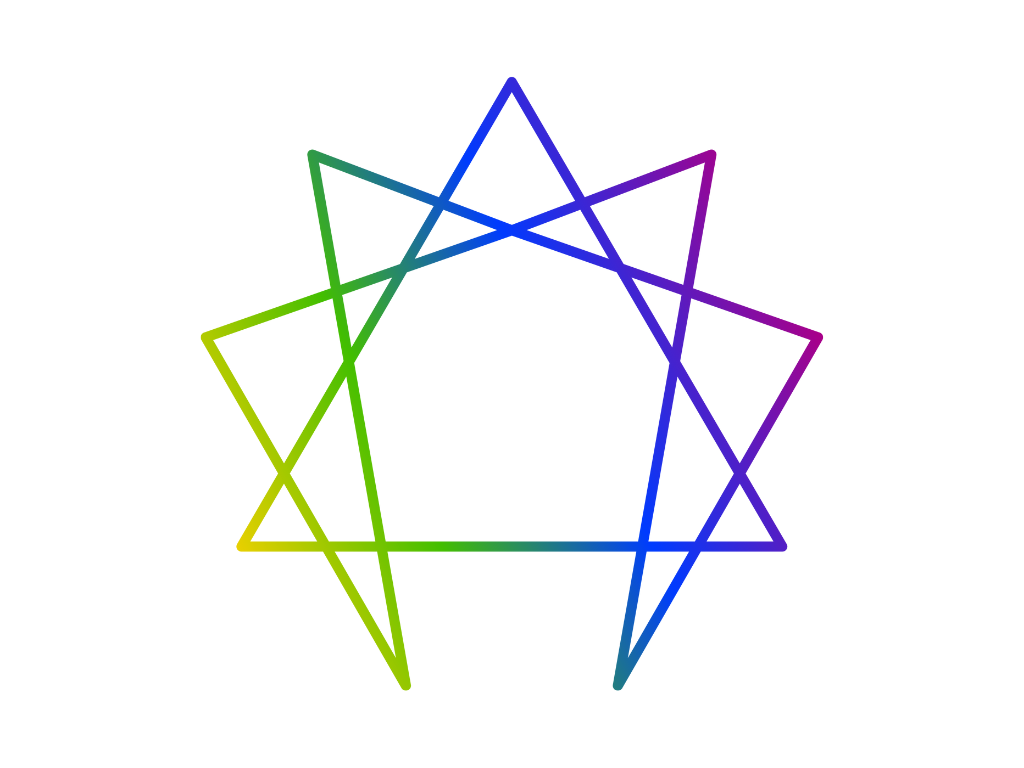[read-time]

Table of Contents
- Emophilia meaning: What is it and what does it mean?
- Emophilia Psychology: Exploring the connection with personality color traits
- Red Color Personality: An in-depth look at the characteristics and traits
- Exploring Other Personality Color Traits: A brief overview of different color personality types
- The Impact of Emophilia on Behavior and Perception: How emophilia can influence actions and perspectives
- The Takeaway
- FAQs
Emophilia meaning: What is it and what does it mean?
Emophilia, a term derived from the Greek word “emophilia,” meaning “love of emotions,” is a psychological concept that explores the intricate relationship between emotions and personality traits. It delves into the idea that individuals have a natural attraction towards certain emotions, which can profoundly influence their behavior, decision-making processes, and overall outlook on life.
Another definition is: ‘Emophilia is a construct that is defined through the tendency to fall in love fast and easily. It is a want process, not a need process. It is associated with a rush of falling in love and rapid romantic attachment.’[i]
In the realm of emophilia, emotions are not merely fleeting experiences; they are deeply ingrained components of one’s personality. This concept suggests that each person has a unique emotional profile, comprised of a set of dominant emotions that shape their interactions with the world around them.
Emophilia challenges the traditional notion that emotions are temporary states, and instead suggests that they are enduring facets of an individual’s identity. It offers a fresh perspective on understanding human nature, emphasizing the significance of embracing and nurturing one’s emotional inclinations.
Emophilia Psychology: Exploring the connection with personality color traits
One fascinating aspect of emophilia is its connection to personality color traits, a concept that associates specific colors with distinct personality characteristics.
In this context, colors are not merely aesthetic preferences; they are representations of an individual’s emotional tendencies and personality traits. Each color is believed to embody a unique set of qualities, emotions, and behaviors, providing insights into an individual’s natural inclinations and tendencies.
By understanding the correlation between emophilia and personality color traits, individuals can gain a deeper understanding of themselves and others, fostering better communication, stronger relationships, and more effective decision-making processes.

Red Color Personality: An in-depth look at the characteristics and traits
The color red is often associated with passion, energy, and intensity. Individuals with a red color personality are believed to possess a natural attraction for emotions such as excitement, confidence, and determination.
Those with a red color personality are typically described as:
- Bold and assertive: They are not afraid to take risks and embrace challenges head-on.
- Energetic and dynamic: Their vibrant personalities often radiate enthusiasm and a zest for life.
- Passionate and driven: They approach their goals and pursuits with unwavering dedication.
- Confident and self-assured: They exude a strong sense of self-belief and are comfortable taking the lead.
However, it is important to note that like any personality trait, the red color personality exists on a spectrum, and individuals may exhibit varying degrees of these characteristics.
The concept of emophilia suggests that individuals with a red color personality have a natural inclination towards emotions such as excitement, passion, and determination. These emotions are deeply ingrained in their personalities and shape their actions, decisions, and overall approach to life.
Individuals with a red color personality and a strong emophilic tendency towards these emotions may exhibit the following characteristics:
- Thrill-seeking behavior: They may actively seek out experiences that ignite their passion and provide a sense of excitement.
- Assertive communication style: Their confidence and assertiveness may manifest in their communication, making them effective leaders and persuasive speakers.
- Intense emotional expression: They may express their emotions with intensity, whether it’s joy, anger, or determination.
- Driven and ambitious: Their passion and determination can fuel their ambitions, driving them to pursue their goals with unwavering dedication.
It is essential to recognize that while emophilia and personality color traits can provide insights into an individual’s tendencies, they do not define or limit an individual’s potential. Personal growth, self-awareness, and conscious effort can help individuals harness the positive aspects of their emophilic tendencies while toning down potential challenges.
Exploring Other Personality Color Traits: A brief overview of different color personality types
While the red color personality is a prominent example, and can be said to closely link with emophilia, the concept of personality color traits encompasses a diverse range of colors, each associated with its own unique set of characteristics and emotional tendencies. Here is a brief overview of some other commonly recognized color personality types:
- Blue Color Personality: Individuals with a blue color personality are often described as calm, rational, and dependable. They tend to value stability, loyalty, and a harmonious environment.
- Green Color Personality: Those with a green color personality are typically associated with characteristics such as practicality, balance, and a strong connection to nature. They often prioritize environmental concerns and sustainable practices.
- Yellow Color Personality: Individuals with a yellow color personality are often characterized as optimistic, energetic, and creative. They tend to approach life with a positive and cheerful attitude, embracing new ideas and experiences.
It is important to note that these color personality types are not rigid classifications but rather general tendencies. Individuals may exhibit a combination of traits from various color personalities, reflecting the complexity and diversity of human nature.
The Impact of Emophilia on Behavior and Perception: How emophilia can influence actions and perspectives
Emophilia, with its emphasis on the enduring nature of emotions and their influence on personality traits, can profoundly shape an individual’s behavior and perception of the world. Here are some ways in which emophilia can impact actions and perspectives:
- Decision-making processes: Individuals with strong emophilic tendencies may prioritize their dominant emotions when making decisions, leading to choices that align with their emotional inclinations.
- Interpersonal relationships: Emophilia can influence how individuals interact with others, as their emotional tendencies may shape their communication styles, conflict resolution approaches, and overall social dynamics.
- Coping mechanisms and stress management: Emophilia can influence an individual’s preferred coping strategies and stress management techniques, as they may seek outlets that align with their dominant emotional tendencies.
- Perception of life events: Individuals with different emophilic profiles may interpret and respond to life events differently, based on their emotional inclinations and the meaning they attribute to those experiences.
By understanding the impact of emophilia on behavior and perception, individuals can gain valuable insights into their own motivations, strengths, and potential areas for personal growth.
Seeking professional guidance can be a valuable step in understanding and embracing the complexities of emophilia.
If you’re curious to explore your own emophilic tendencies, consider scheduling a consultation with a licensed psychologist or therapist. Their expertise and guidance can provide invaluable insights and strategies to help you navigate the fascinating world of emotions and personality.
Discover what your personality color traits are today!
The Takeaway
Emophilia and the fascinating world of personality color traits
The concept of emophilia and its connection to personality traits unveils a captivating realm where emotions and personality intertwine in intricate and profound ways. By recognizing the enduring nature of emotions and their influence on our behavior, decision-making processes, and overall outlook on life, we gain a deeper appreciation for the complexities of human nature.
Exploring the relationship between emophilia and personality color traits opens doors to self-discovery, fostering a greater understanding of our innate tendencies, strengths, and potential areas for growth. It reminds us that emotions are not mere fleeting experiences but integral parts of our identities, shaping our interactions with the world around us.
As we delve deeper into this fascinating realm, we are reminded of the importance of embracing our emotional inclinations while also recognizing the value of balance and self-awareness.
Emophilia and personality color traits offer a unique lens through which we can appreciate the richness and diversity of human experience. Embrace this journey of self-discovery, and let the fascinating world of emophilia and personality color traits illuminate your path towards a deeper understanding of yourself and those around you.
[i] https://www.sciencedirect.com/science/article/abs/pii/S0191886924000114
FAQs
What is emophilia?
Emophilia is a personality trait characterized by a tendency to experience strong positive emotions and a heightened sensitivity to emotional experiences.
Is emophilia the same as being an empath?
While related, they’re not the same. Emophilia focuses on experiencing intense positive emotions, while empathy involves understanding and sharing others’ feelings, both positive and negative.
Can emophilia be developed or is it innate?
Emophilia is believed to have both genetic and environmental components. While some people may be naturally predisposed to it, certain practices like mindfulness and gratitude can enhance one’s emotional experiences.
Are there any downsides to being emophilic?
Potential downsides may include being overwhelmed by intense emotions, difficulty in situations requiring emotional detachment, and possibly experiencing more severe mood swings.
How does emophilia affect relationships?
Emophilic individuals often form deep, passionate connections and can be very attentive and caring partners. However, they may also be more sensitive to relationship ups and downs.
Is emophilia recognized as a clinical condition?
No, emophilia is not a clinical diagnosis but rather a personality trait or tendency. It’s part of the normal spectrum of human emotional experiences.
How can someone manage their emophilic tendencies?
Strategies include practicing emotional regulation techniques, engaging in self-care, setting healthy boundaries, and possibly seeking support from a mental health professional if emotions become overwhelming.
Emotional Intelligence and Personality Color Traits: 9 Intriguing Connections!
[read-time] A novel approach has emerged, linking Emotional intelligence, personality traits and color psychology. This innovative perspective offers fresh insights into…
Smartphones Undermine Social Connectedness More in Men Than Women: 6
[read-time] Smartphones and their role in society In the modern era, smartphones have become abundantly integrated into our daily lives. These powerful…
The Big Five Personality Traits – 5 Intriguing Gender Differences
[read-time] Gender differences in personality traits The Big Five personality Traits and Gender differences in personality trait have often sparked countless debates…
How to make new friends? Does Your Color Types Personality
[read-time] Knowing how to make new friends is a daunting task, especially as we get older and our social circles become…
Enneagram and The Personality Color Assessment: 5 Eye-opening Integrations That
[read-time] The Enneagram test and the Personality Color Assessment provide fascinating insights that help us understand not only our own behaviors…
Personality Color Assessment – What Exactly is it and Why
In this article you’ll learn 5 vital benefits of personality color assessments!…






